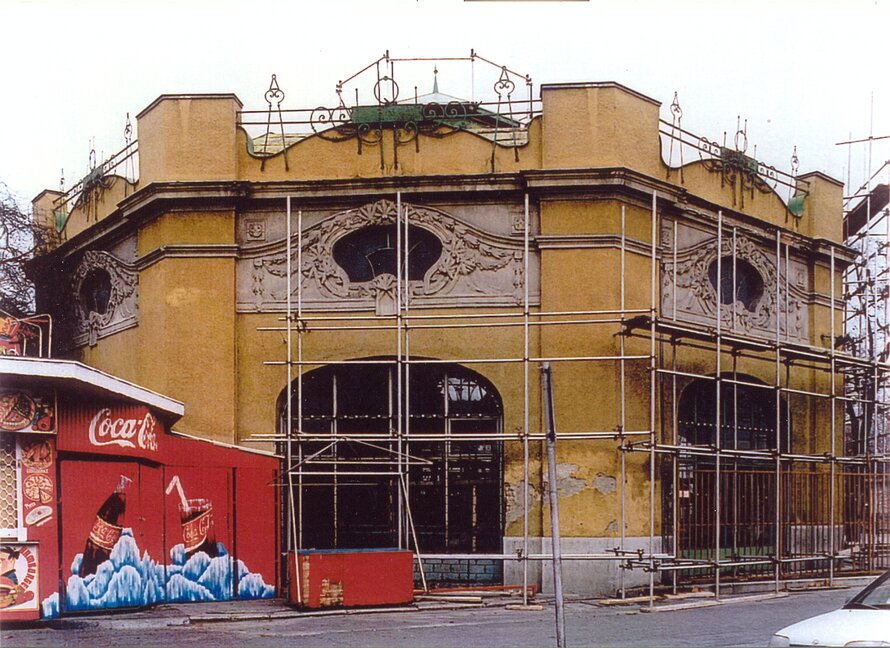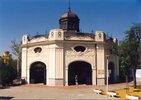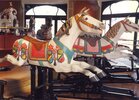Merry-Go-Round, Budapest
The Merry-Go-Round, built around 1906, is one of the oldest and best preserved attractions of this kind within Europe. It is located on the fairground of the City Park of Budapest, originally a spontaneous conglomerate of flea-circuses and shooting galleries, but provided with ...
Read more
Project details
| Title: | Merry-Go-Round, Budapest |
|---|---|
| Entr. year: | 1997 |
| Result: | Diploma |
| Country: | Hungary |
| Town: | Budapest |
| Category type: | architectural heritage |
| Building type/ Project type: | Sports, leisure and well-being building/structure |
| Former use: | Merry-go-round |
| Actual use: | Historic merry-go-round, cultural attraction |
| Built: | 20th century |
| Architect / Proj.leader: | Kornél Baliga - Tibor Szántó - Attila Nagy, Architects (Budapest - HU) |
| The Jury's citation: | For the successful conversion and renewal of a unique cultural, architectural and technical relic of the turn of the century, overcoming difficult restoration problems with skill, sensitivity and imagination. |
| GPS: | 47°31'10.8"N 19°5'0.4"E |
Description:
The Merry-Go-Round, built around 1906, is one of the oldest and best preserved attractions of this kind within Europe. It is located on the fairground of the City Park of Budapest, originally a spontaneous conglomerate of flea-circuses and shooting galleries, but provided with more permanent structures since 1829. Although the now restored Merry-Go-Round was not the first and only attraction of this kind, contemporary photographs show that it was certainly one of the most beautiful examples, which could explain why it survived both World Wars, two revolutions, neglect, nationalization and privatization and still functions today. Over the years it was damaged by heavy repairs and it was in a terrible condition when one misty summer morning the British Ambassador of Hungary, Sir John Birch, happened to discover this cultural testimony or the turn of the century, fell in love with it and started its restoration by giving a generous first donation. In the first phase of planning research into its construction history was undertaken, with the care which hitherto only applied to ancient, well respected monuments. Based on old photographs the architects reconstructed both the building and its fresco-painted interior back to its original appearance. The toys including horses and carriages with their original springing, have been restored with great skill and sensitivity, down to the smallest detail. The machinery, still partly operated by wooden gears, was preserved and rejuvenated.
Similar projects
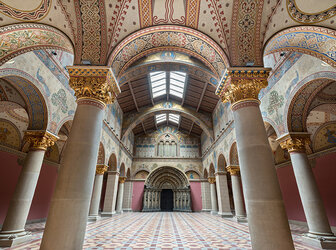
1900 - 1906
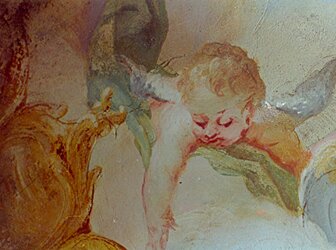
18th century
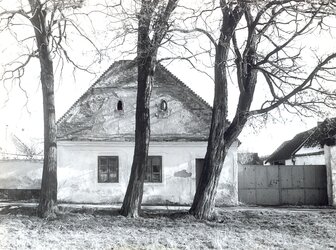
18th-20th century
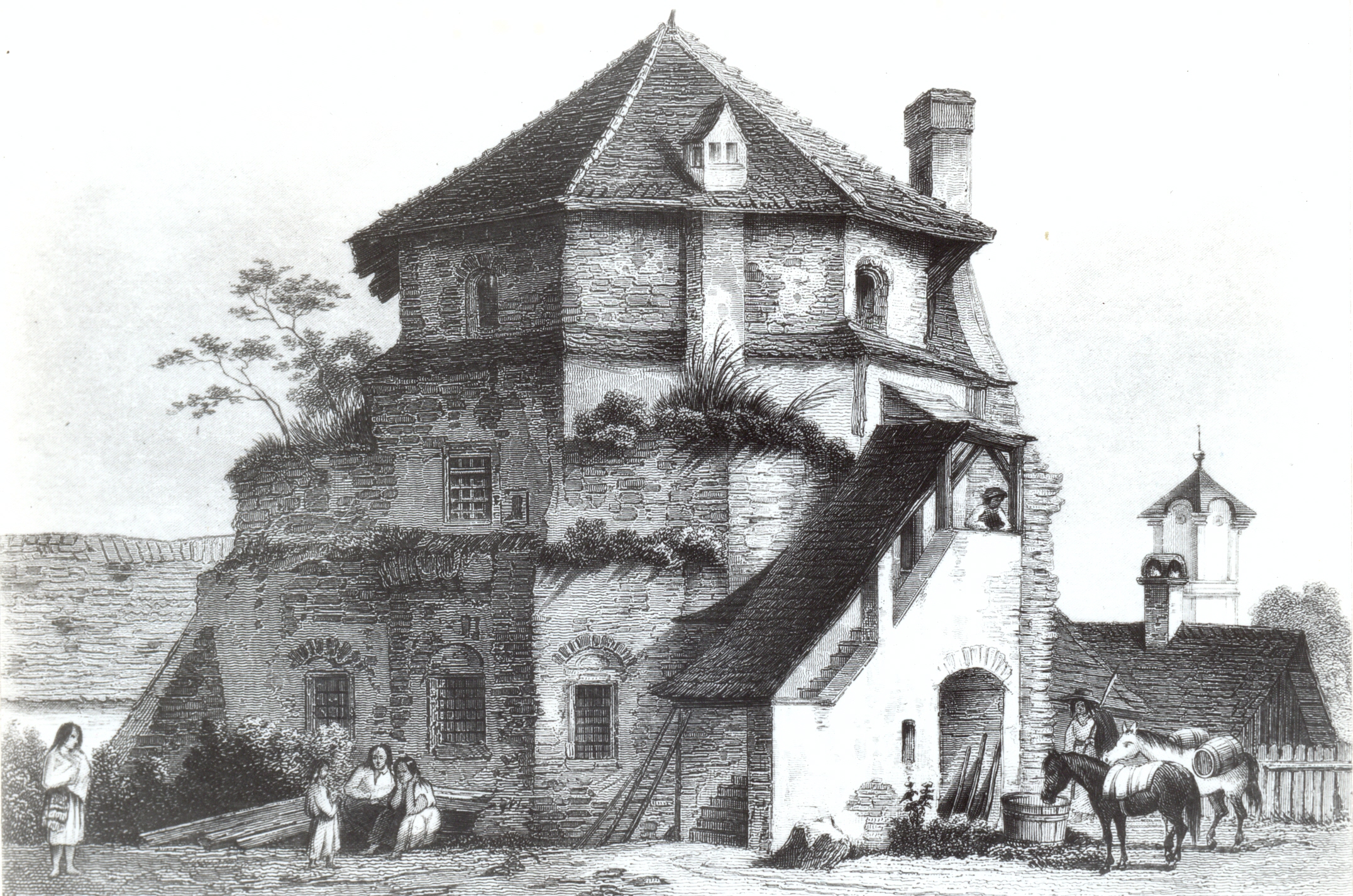
16th century
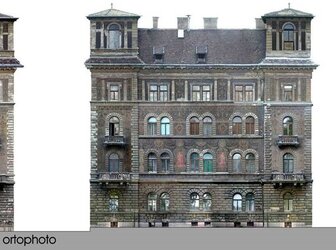
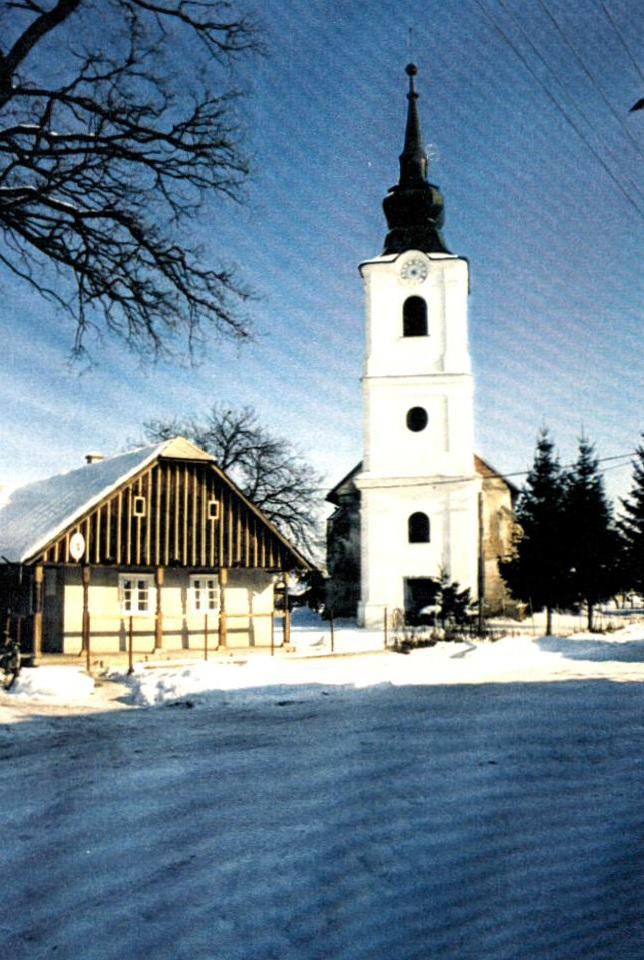
15th century
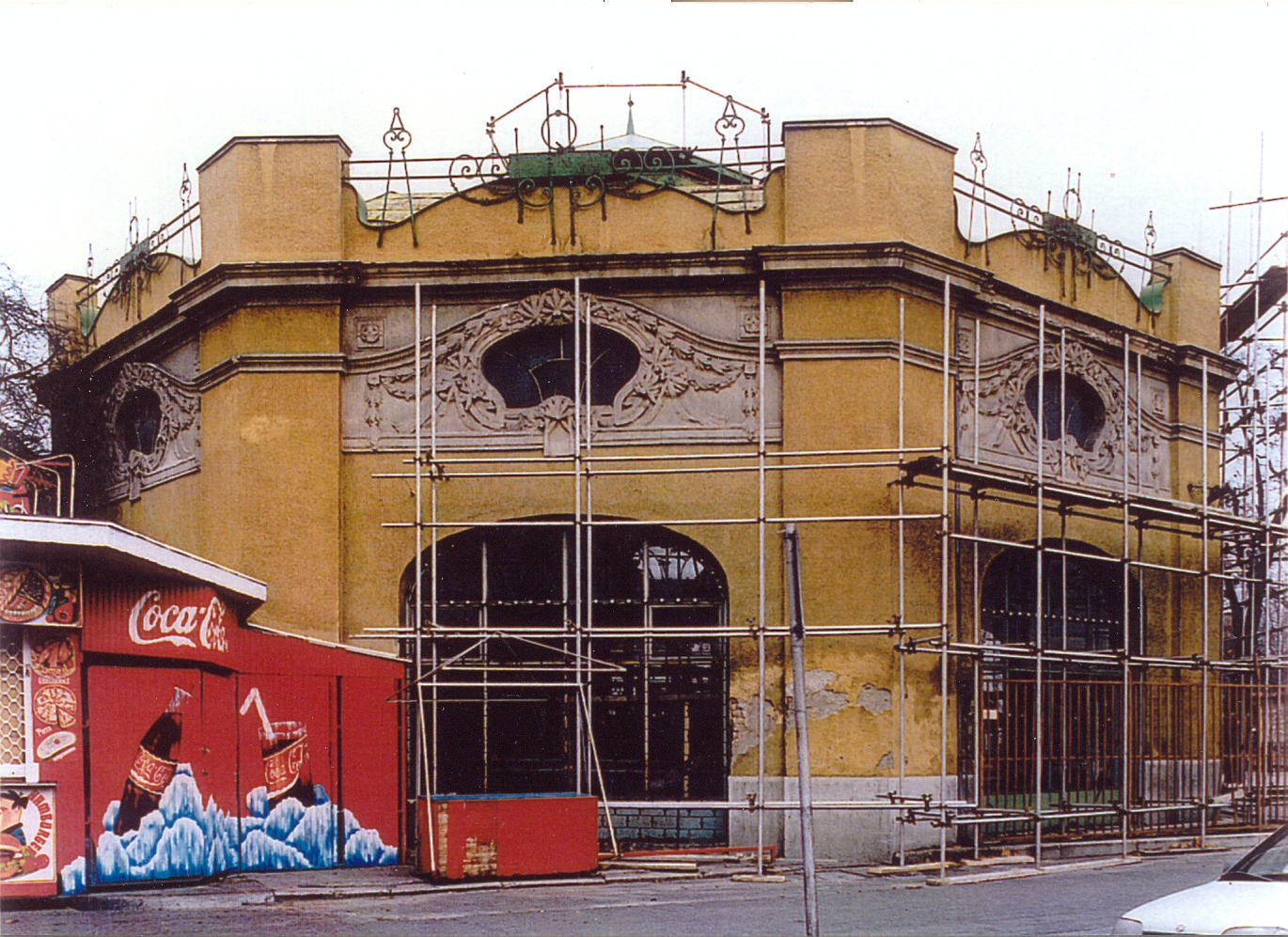
20th century
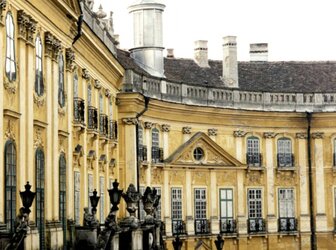
18th century
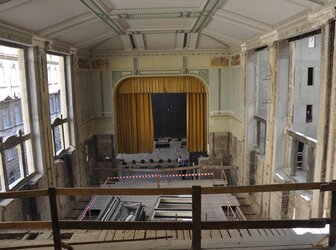
1904 - 1907
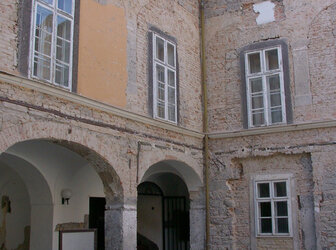
18th and 19th century
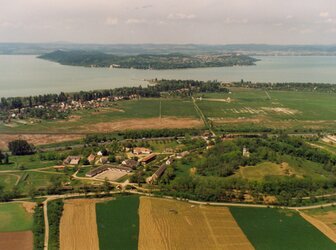
18th-19th century
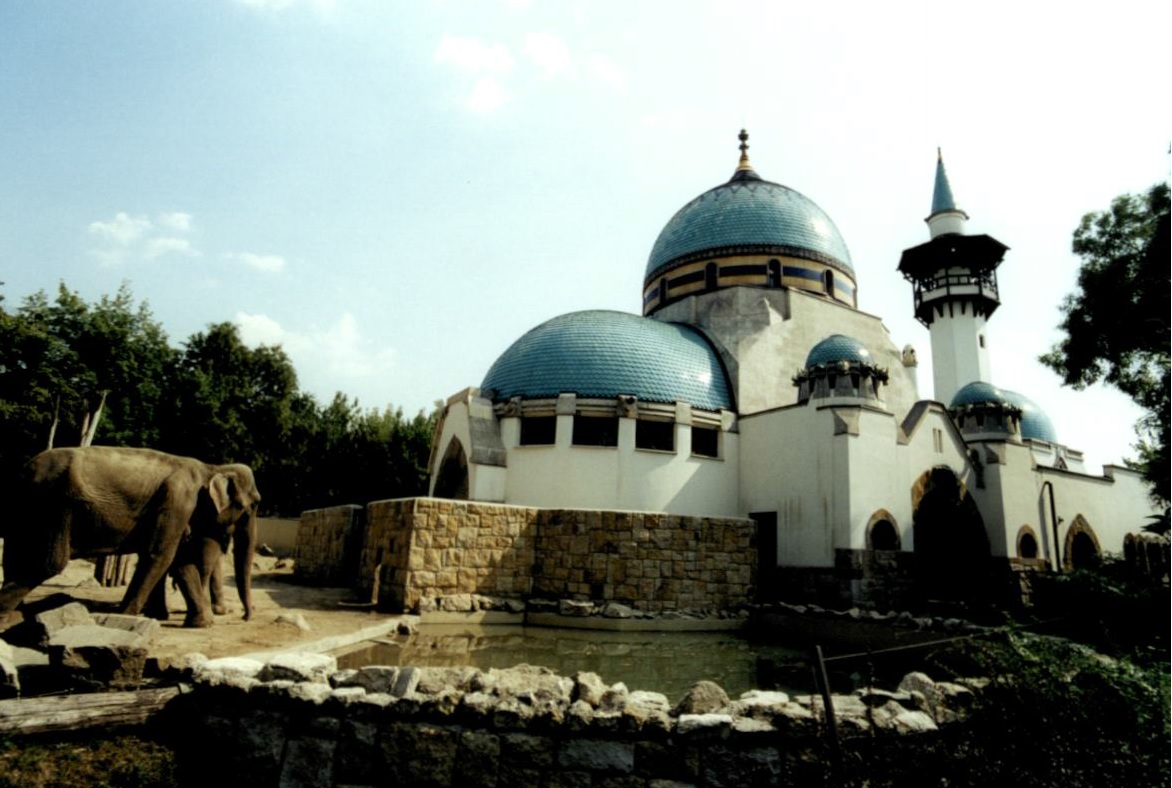
1909-1912
